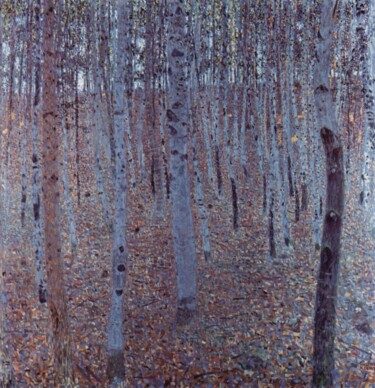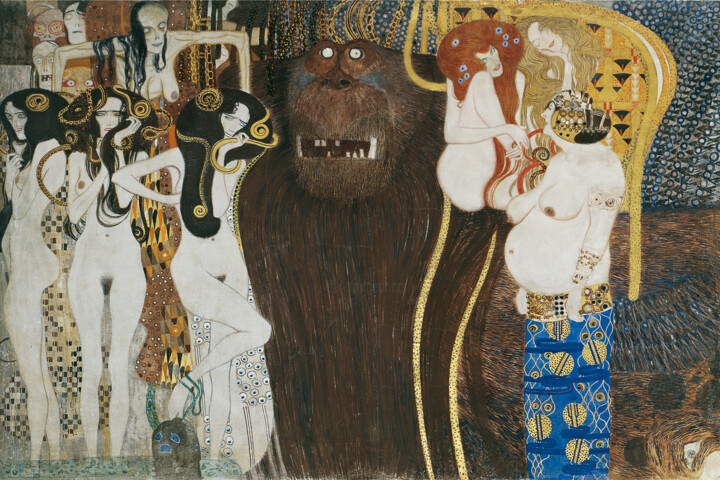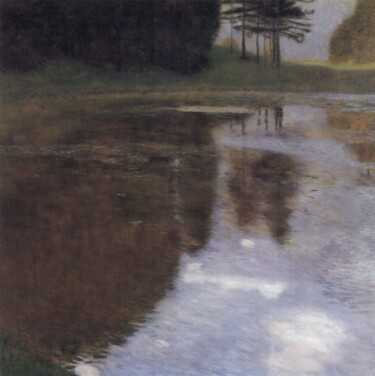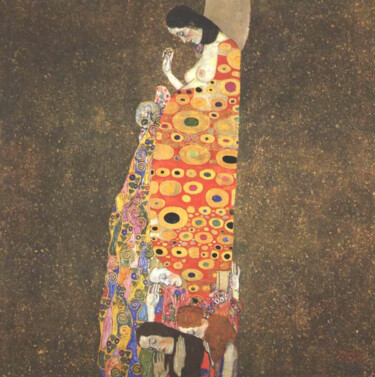Gustav Klimt
Gustav Klimt was a renowned Austrian symbolist painter, celebrated for his distinctive and ornate style that profoundly influenced the art world at the turn of the 20th century. Born on July 14, 1862, in Baumgarten, near Vienna, Klimt was the second of seven children in a family of modest means. His father, Ernst Klimt, was a gold engraver, a detail that would later resonate in Gustav’s own use of gold leaf in his paintings.
Klimt began his formal artistic training at the Vienna School of Arts and Crafts (Kunstgewerbeschule), where he studied architectural painting. Early in his career, he worked alongside his brother Ernst and fellow artist Franz Matsch, forming the "Company of Artists" (Künstler-Compagnie) and focusing on large-scale public works, including murals and ceiling paintings in theaters.
In the 1890s, Klimt's style evolved, and he became a leading figure of the Vienna Secession, an avant-garde movement that sought to break away from traditional academic art. His work began to incorporate a more symbolic and allegorical approach, characterized by elaborate patterns, erotic themes, and a bold use of gold leaf. This period produced some of his most famous works, including "The Kiss" (1907-1908) and "Portrait of Adele Bloch-Bauer I" (1907).
Klimt's art often focused on the female form, exploring themes of sensuality and femininity. His works are known for their intricate detail, rich textures, and the juxtaposition of realistic and abstract elements. Despite facing criticism for the erotic nature of his art, Klimt's innovative approach earned him a prominent place in art history.
Throughout his career, Klimt was commissioned to create numerous portraits and decorative pieces for affluent clients, further cementing his status as a leading artist of his time. His influence extended beyond painting to decorative arts, contributing to the development of Art Nouveau.
Klimt remained dedicated to his craft until his death on February 6, 1918, in Vienna, due to complications from a stroke and pneumonia. His legacy endures through his iconic works, which continue to captivate audiences worldwide and inspire countless artists. Gustav Klimt’s unique blend of symbolism, sensuality, and decorative artistry has left an indelible mark on the world of art.
Discover contemporary artworks by Gustav Klimt, browse recent artworks and buy online. Categories: contemporary austrian artists. Artistic domains: Painting. Artist represented by ArtMajeur by YourArt Editions. Account type: Artist , member since 2022 (Country of origin Austria). Buy Gustav Klimt's latest works on ArtMajeur: Discover great art by contemporary artist Gustav Klimt. Browse artworks, buy original art or high end prints.

Artist Value, Biography, Artist's studio:
Dernières Œuvres • 5 artworks
View allRecognition
Artist recognized for their exceptional expertise and their influence on the art world
The Artist was highlighted in an article in ArtMajeur Magazine
Biography
Gustav Klimt was a renowned Austrian symbolist painter, celebrated for his distinctive and ornate style that profoundly influenced the art world at the turn of the 20th century. Born on July 14, 1862, in Baumgarten, near Vienna, Klimt was the second of seven children in a family of modest means. His father, Ernst Klimt, was a gold engraver, a detail that would later resonate in Gustav’s own use of gold leaf in his paintings.
Klimt began his formal artistic training at the Vienna School of Arts and Crafts (Kunstgewerbeschule), where he studied architectural painting. Early in his career, he worked alongside his brother Ernst and fellow artist Franz Matsch, forming the "Company of Artists" (Künstler-Compagnie) and focusing on large-scale public works, including murals and ceiling paintings in theaters.
In the 1890s, Klimt's style evolved, and he became a leading figure of the Vienna Secession, an avant-garde movement that sought to break away from traditional academic art. His work began to incorporate a more symbolic and allegorical approach, characterized by elaborate patterns, erotic themes, and a bold use of gold leaf. This period produced some of his most famous works, including "The Kiss" (1907-1908) and "Portrait of Adele Bloch-Bauer I" (1907).
Klimt's art often focused on the female form, exploring themes of sensuality and femininity. His works are known for their intricate detail, rich textures, and the juxtaposition of realistic and abstract elements. Despite facing criticism for the erotic nature of his art, Klimt's innovative approach earned him a prominent place in art history.
Throughout his career, Klimt was commissioned to create numerous portraits and decorative pieces for affluent clients, further cementing his status as a leading artist of his time. His influence extended beyond painting to decorative arts, contributing to the development of Art Nouveau.
Klimt remained dedicated to his craft until his death on February 6, 1918, in Vienna, due to complications from a stroke and pneumonia. His legacy endures through his iconic works, which continue to captivate audiences worldwide and inspire countless artists. Gustav Klimt’s unique blend of symbolism, sensuality, and decorative artistry has left an indelible mark on the world of art.
-
Nationality:
AUSTRIA

- Date of birth : 1862
- Artistic domains: Represented by a Gallery,
- Groups: Contemporary Austrian Artists Artists presented by a gallery
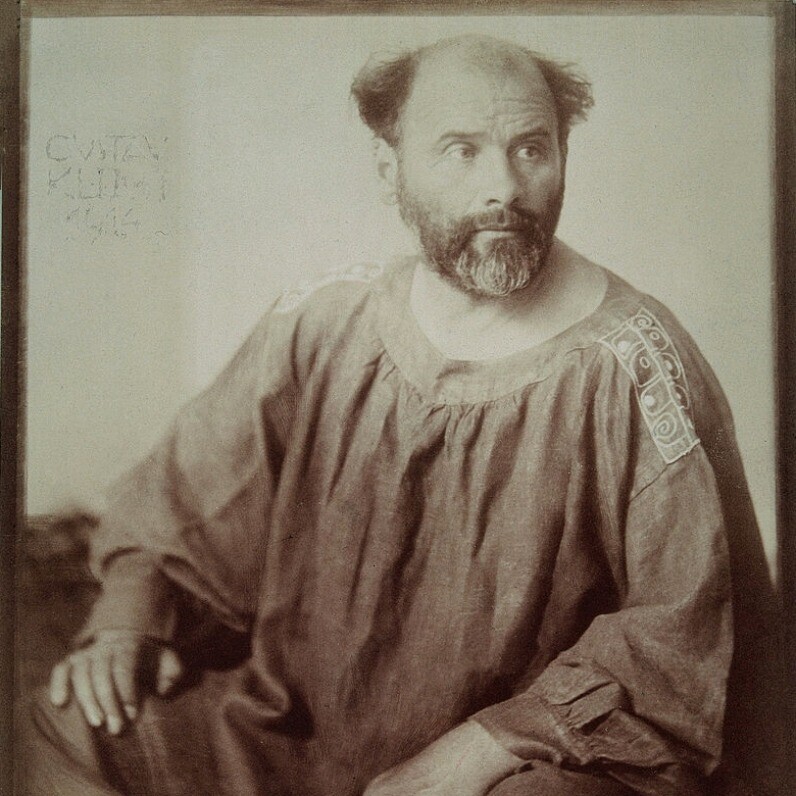
Ongoing and Upcoming art events
Influences
Education
Artist value certified
Galleries & Groups
Presented by Internet Art Gallery


